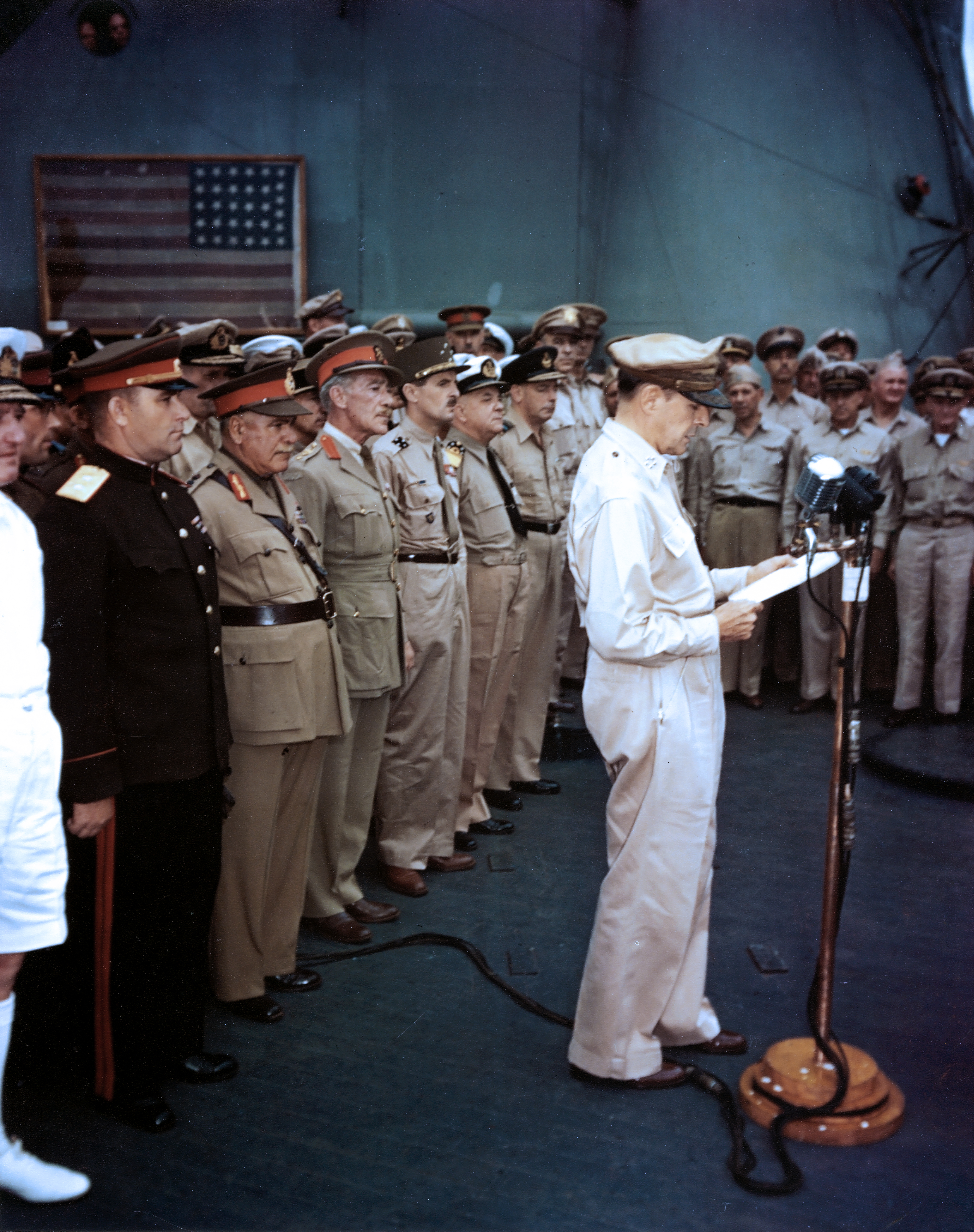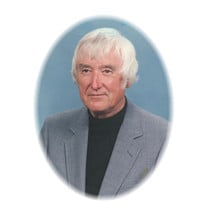 One of history’s many rewards is discovering little known stories that enrich the significance of its mass market events, such as the surrender ceremony aboard the USS Missouri (BB-63) in Tokyo Bay in September 1945. There are a number of them, including the saga of the Perry flag, awaiting the curious in Flyboys: A True Story of Courage by James Bradley, author of Flags of Our Fathers.
One of history’s many rewards is discovering little known stories that enrich the significance of its mass market events, such as the surrender ceremony aboard the USS Missouri (BB-63) in Tokyo Bay in September 1945. There are a number of them, including the saga of the Perry flag, awaiting the curious in Flyboys: A True Story of Courage by James Bradley, author of Flags of Our Fathers.
The book’s core is about the fate of the flyboys, naval aviators, including George H.W. Bush, who attacked the Japanese radio station on Chichi Jima. Situated between between Japan and Iwo Jima, it was the communication link that would warn of approaching flights of B-29s from islands to the south.
Looking at the photo, you’ve likely guessed that shows General Douglas MacArthur at the surrender ceremony on the Missouri. If you look closer at the framed flag in the background, you’ll count 31 stars on it. The Perry flag, Bradley explains on page 303, is the linen US flag that Commodore Mathew Perry carried ashore when he stepped ashore in Japan in 1853. (Equally interesting, the Missouri was anchored in approximately the same position as Perry’s flotilla). But that’s not the really interesting part.
Until just before the surrender, the Perry flag was on display at a museum at the U.S. Naval Academy in Annapolis, Maryland. Someone thought its display at the surrender was significant enough to entrust it to a courier, Lt. John Bremyer. Starting from Annapolis, he took off from Iwo Jima on August 29, 1945, “the last leg of a record-breaking120-hour, 9,500-mile-long trip that had taken him through 12 time zones.”
 Led astray by the record-breaking aspect of his trip, I expected to find some description of a flight on par with the Truculent Turtle, the Lockheed P2v Neptune that flew nonstop from Perth, Australia, to Columbus, Ohio—11,235 miles—in September 1946. Finding no joy, I went after Lt. Bremyer. There are a number of them, and the obituary of John K. Bremyer, a lawyer who died, at age 88, on April 17, 2008 in McPherson, Kansas, where he was born on April 5, 1920, mentioned that he’d carried Perry’s flag back to Japan.
Led astray by the record-breaking aspect of his trip, I expected to find some description of a flight on par with the Truculent Turtle, the Lockheed P2v Neptune that flew nonstop from Perth, Australia, to Columbus, Ohio—11,235 miles—in September 1946. Finding no joy, I went after Lt. Bremyer. There are a number of them, and the obituary of John K. Bremyer, a lawyer who died, at age 88, on April 17, 2008 in McPherson, Kansas, where he was born on April 5, 1920, mentioned that he’d carried Perry’s flag back to Japan.
But there was no mention of a dedicated flight. Surely there must have been one because, Bradley wrote, Bremyer completed his mission when he handed the boxed flag to Admiral Halsey on the Missouri. “Then the weary lieutenant slept for two days.” The tantalizing details eluded me, and I couldn’t quit searching for them. Then I found Bremyer’s oral history at the Nimitz Education & Research Center at the National Museum of the Pacific War.
It turns out that there was no dedicated flight, which was slightly disappointing. On the other hand, I learned about a Priority One (or One Priority) World War II military travel voucher, which guaranteed a seat on the next airplane, regardless of type or what passenger got bumped, going in the right direction. When he reported to work that morning, he didn’t expect the assignment.
 Bremyer was in the air that evening, headed to San Francisco. From there he took the next plane to Hawaii, then Johnston Island, Kwajalein, Guam, and then Iwo Jima. There “they were going to to put me on a destroyer, but that would take too long, so I got on a Black Cat PBY” that took him to Tokyo Bay, where a whaleboat from the Missouri collected him and Perry’s flag.
Bremyer was in the air that evening, headed to San Francisco. From there he took the next plane to Hawaii, then Johnston Island, Kwajalein, Guam, and then Iwo Jima. There “they were going to to put me on a destroyer, but that would take too long, so I got on a Black Cat PBY” that took him to Tokyo Bay, where a whaleboat from the Missouri collected him and Perry’s flag.
Watching the proceedings from the above the main deck, Bremyer carried the flag, as well as news releases, photographs, and motion picture film of the surrender back to Washington. “I got on a PBM [Martin Mariner seaplane] back to Guam and basically followed the same route back to San Francisco,” the 85-year-old veteran remembered.
Perry’s flag is back on display at the Naval Academy Museum, and it is No. 89 in “A History of the Navy in 100 Objects.” It gives more background on the decision-making process that sent the flag to Japan, and it mentions Lt. Bremyer’s “record-setting” trip. But like Bradley in Flyboys, it doesn’t explain what record Bremyer’s trip set or surpassed. — Scott Spangler, Editor.